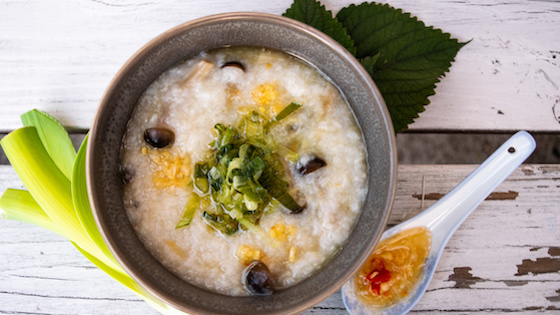
What's Cooking? Porous Homes in the Vietnamese Diaspora
Phuc Duy Nhu To, a Master's student in Asian American Studies, is both the photographer and the author of this reflection piece.
As we shelter in place due to the coronavirus, many of us are cooking more and sharing meals with our family. I study how members of the Vietnamese diaspora access "home" and "home cooking" when they are far from home.
COVID-19 strikes all spheres that there is – the formal and informal, the private and public, and the “home.” The vulnerable people who rely on food service for a living are further marginalized as consumers start to strictly regulate not only what comes in our body, but also who and what comes near/in our house. Cơm tháng in the informal economy is collapsing as ingredient prices go up and the number of customers declines. Cơm tháng providers in the formal economy struggle to pay rent and to maintain their businesses. Vietnamese women offering cơm tháng also fear exposure and infection as some of the providers are in their 60s and 70s, yet they continue to labor for the economic survival of their family and for others who rely on their “feeding.”
In the realm of intimacy, cooking takes on a different meaning amidst COVID-19. For some, cooking becomes a new mode of giving, loving, supporting and sustaining, thereby offering a remaining glimpse of continuity and normalcy. Foodservice workers, however, can’t afford to shelter in place, as for them, cooking is surviving and a balancing act. Because of the nature of their work, their “home” is forever porous, allowing for the outflux of culinary labor in exchange for capital while simultaneously risking their life. For those who can’t afford a place of refuge, cooking perhaps allows for the reimagining of “home.” When COVID-19 strikes, we strike back with our flavors.
